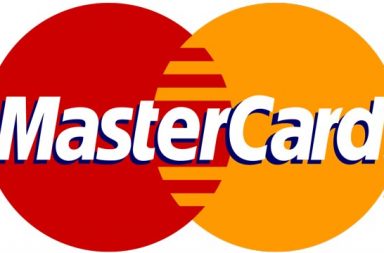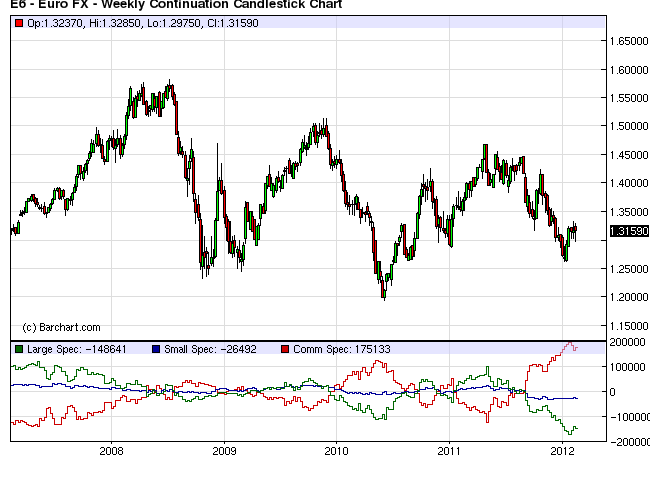Content

Let’s say, for example, that you plan to risk only 1% of your capital on any trade, no matter how promising it is. So if you have a $5,000 account, you won’t lose more than $50 on a trade. With all these in mind, we will look at some useful strategies for setting stop-loss and take-profit levels. Price volatility and fluctuations are some of the market factors you must consider when setting your stop-loss.
- When comparing Take Profit vs Stop Loss, Stop Loss is more important.
- Position closure could be caused by stops, takes and market orders, which were posted manually.
- Securities that show retracements require a more active stop-loss and re-entry strategy.
- Order placements and size should be dictated by trading setups and not on your needs.
You don’t want to set it in a place where random market swings and noise can easily trigger it. Where you set your stop-loss order depends on how much you are willing to lose if a trade does not go in your favor. It should be placed at a strategic point where it won’t be triggered too early and, at the same time, not too far, so you won’t lose too much. Often enough, even if a trader places a good Take Profit order, he/she loses. Because it is highly important to follow your strategy and do not make other mistakes that lead to losses.
Trading the Trend Reversal (Failure Swing)
He has previously worked within financial markets over a 12-year period, including 6 years with Merrill Lynch. One way to use parabolic SAR to set stop-loss levels is to place your stop-loss order at the level of the most recent dot on the opposite side of the trend. For example, if you are in a long position, you can place your stop-loss order at the level of the most recent dot below the price. This way, you can protect your profits and exit the trade if the trend reverses. Alternatively, you can use a trailing stop-loss order that follows the dots as they move, and automatically closes your position if the price reaches the dot level. Many traders and investors use one or a combination of the approaches above to calculate stop-loss and take-profit levels.
The closer the dots move to the price, the weaker the trend is, and the more likely it is to reverse. By using this way, stop-losses are placed just below a longer-term moving average price rather than shorter-term prices. Determining stop-loss order placement is all about targeting an allowable risk threshold. This price should be strategically derived with the intention of limiting loss. For example, if a stock is purchased at $30 and the stop-loss is placed at $24, the stop-loss is limiting downside capture to 20% of the original position. If the 20% threshold is where you are comfortable, place a trailing stop-loss.
- Making a conclusion, we can say that it is highly important to place Take Profit orders.
- When you have a take-profit order, the trading platform you are using closes your position automatically when the price level is reached.
- It seems to us that we need to somehow learn to understand where the price will go.
- Using sell-stop (or market) orders guarantees the closing of the position at the best price available.
- Relatively tight stop losses can also be used to keep your anticipated reward to risk ratio high, which is usually another important element in profitable trading.
- If you look at the chart, you will notice that usually, a price struggles to break support or resistance.
You might want to use take dynamic take profit levels set at places relatively far ahead of the current price, which could be reached by a sudden news-driven spike, for example. This could get you some nice profit on the spike, and allow you to re-enter at a better price when the spike retreats. This is the most judicious use of hard take profit orders within non-scalping trading styles.
Calculate risk-to-reward ratio
If the price doesn’t reach the limit level, the take-profit order does not get filled and your trade will remain active. Limit close orders are commonly paired with stop losses to ensure the risk of the market moving against you is also managed. Traders have targets to lock in profits when the trade goes their way. Using take-profit orders, the trading platform automatically closes the position when the price reaches the level.
A limit close order is an instruction to automatically close a trade at a better price than the current available price of a market. Now that you know how to open trades with orders, let’s look at using orders as risk management tools to close active trades. When trading the bounce, the most logical place to put your stop is below the low, and many traders do just that.
Stop losses can be useful if you’re unable to continuously monitor your trades. A stop loss order is an order that gets triggered when the price of the instrument falls below or rises above a specified price and will be sold at the next available price. When it comes to the speed we execute your trades, no expense is spared. Harness the market intelligence you need to build your trading strategies.
What is a stock exchange? You’ve got questions – we’ve got answers
A take-profit order (T/P) is a type of limit order that specifies the exact price at which to close out an open position for a profit. If the price of the security does not reach the limit price, the take-profit order does not get filled. Stop-loss and take-profit levels are used to calculate a trade’s risk-to-reward ratio. Using a combination of strategies based on market conditions is always a good idea.
Setting them up too far away may result in big losses if the market makes a move in the opposite direction. Set your stop-losses too close, and you can get out of a position too quickly. The Stop Loss (SL) and Take Profit (TP) features are basically your risk management tools. You can choose between Stop Loss, Market Stop and Trailing Stop orders when exiting a trade. When comparing Take Profit vs Stop Loss, Stop Loss is more important.
Dynamic/Trailing Stop Loss Orders and Take Profit
The ATR measures volatility that a pair experiences during a certain period of time. It gives the average of these moves and shows the number of pips that the pair is anticipated to move. Contrary to the situation with resistance, a TP level should be a few pips above the support.
Join thousands of traders who choose a mobile-first broker for trading the markets. Deepen your knowledge of technical analysis indicators and hone your skills as a trader. That is because the trader needs to somehow determine the fact that if the scenario “has worked out” or “has failed”.
These can often be good points for quick exits and re-entries as described above. Be warned though, that this tactic requires real skill and experience to be applied successfully in Forex trading, and is a worthless trail for more novice traders to travel down. Dynamic/trailing stop-losses follow the asset price in long positions, as well as the fall in short positions at a fixed distance.
Risk/reward ratio
You also should not go beyond the risk level you have set in your trading plan. These tools are beginner-friendly and are usually effective for short-term trading. Microsoft is one step closer to the ATVI acquisition, gold is two steps closer to the moon, and the USD is falling into the abyss. In this article, we will explain what Take Profit is and how to set this kind of orders to grab the maximum profit. In Darwinist trading, the strongest trades survive, and the weakest performers are culled.

In today’s article, we will focus on some widely-used strategies. Whether you trade the bounce, breakout or trend reversal, having https://g-markets.net/helpful-articles/trading-the-morning-star-candlestick-pattern/ stop losses in place is crucial. In any case, it involves setting a level to close a trade if the price goes against your trade.
For instance, if Felicia is trading with $25,000, she should never lose more than $250 per trade. Stop-loss prevents you from losing too much of your investment in one trade. Traders use various indicators to determine where to place their SLs and TPs.
Why do we need a stop loss and a take profit?
The method of placing stop losses and take-profit orders varies slightly from platform to platform. Most trading platforms use a setup like the one below, where you can already fill in your TP and SL levels when opening the position. The exact look of the interface varies, but the idea remains the same.